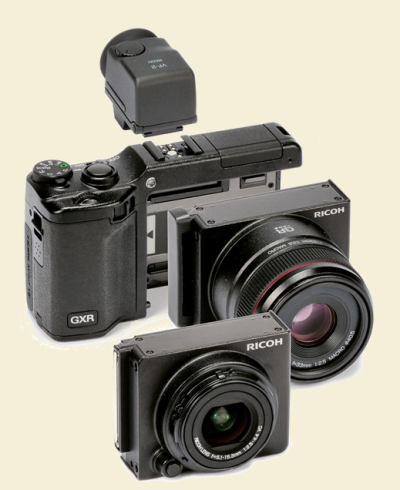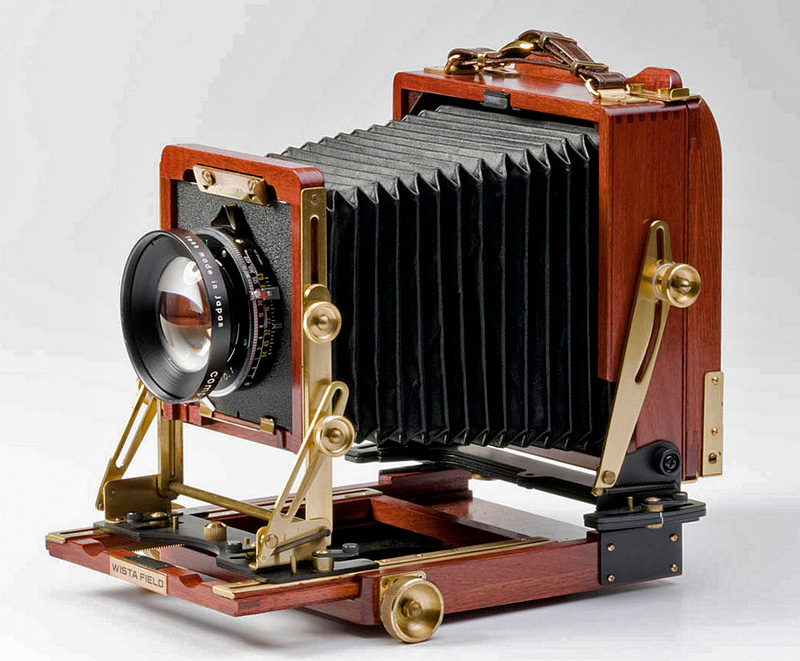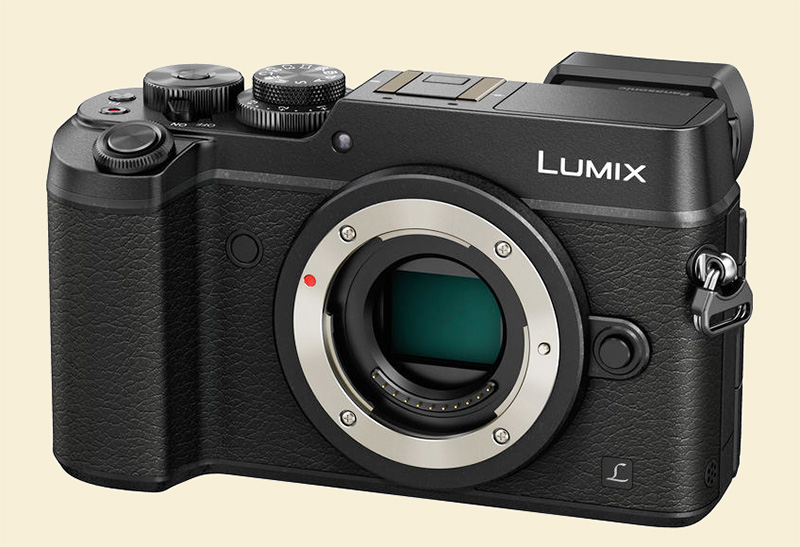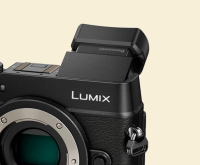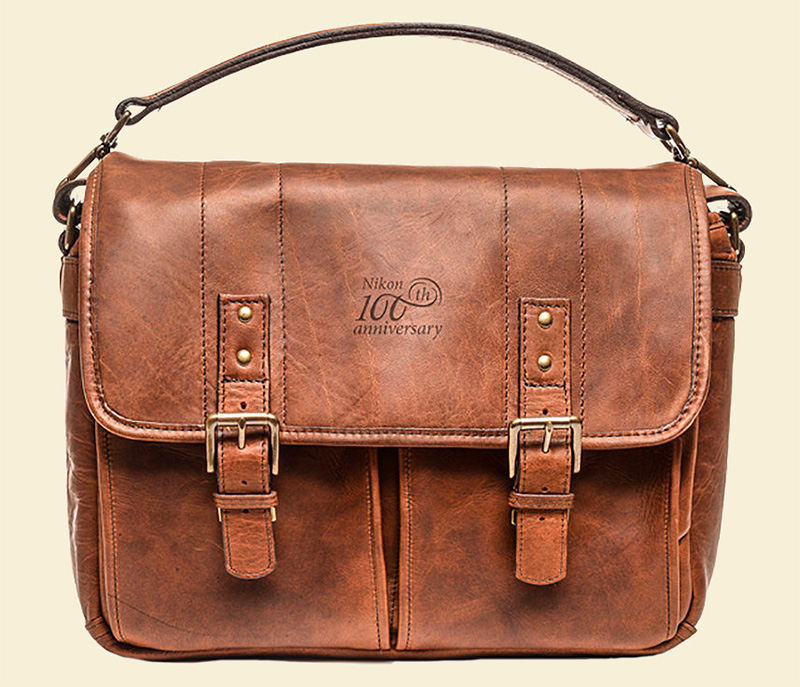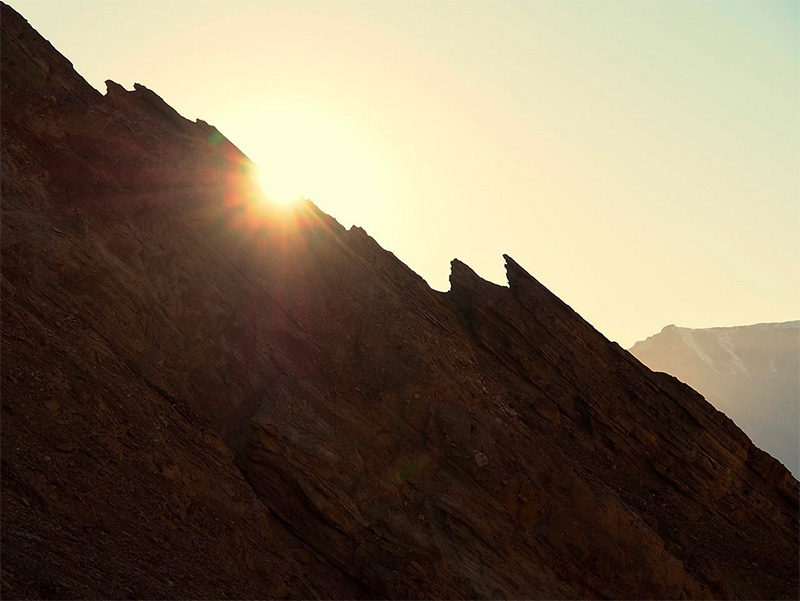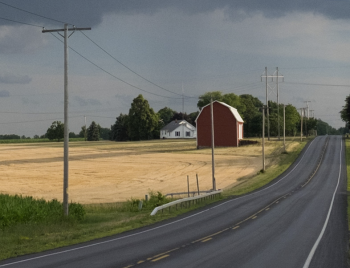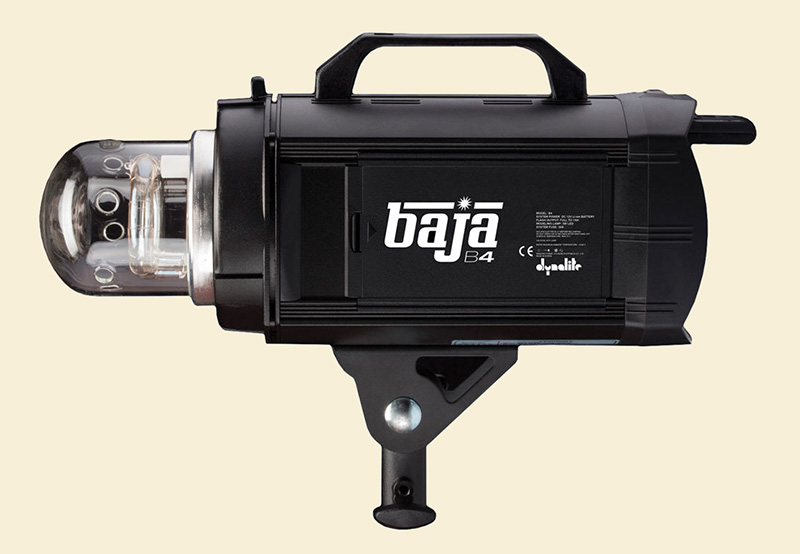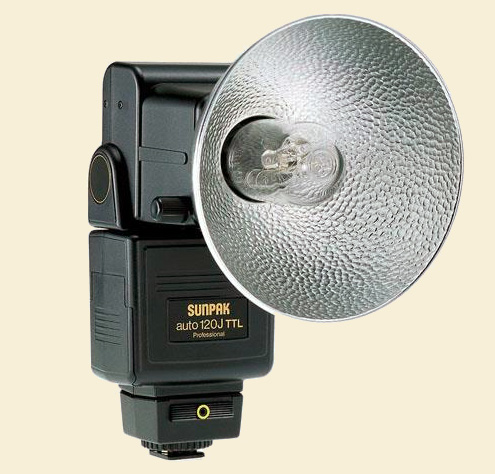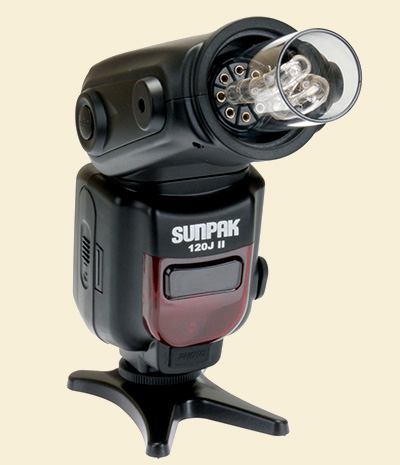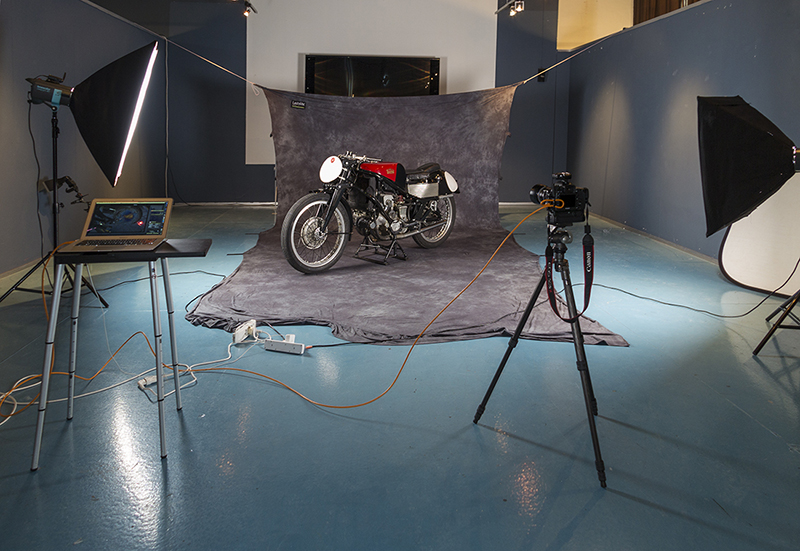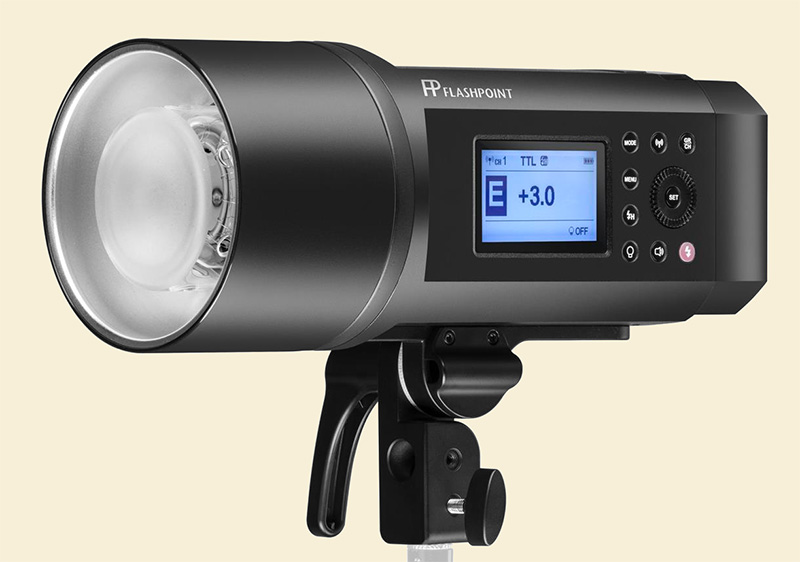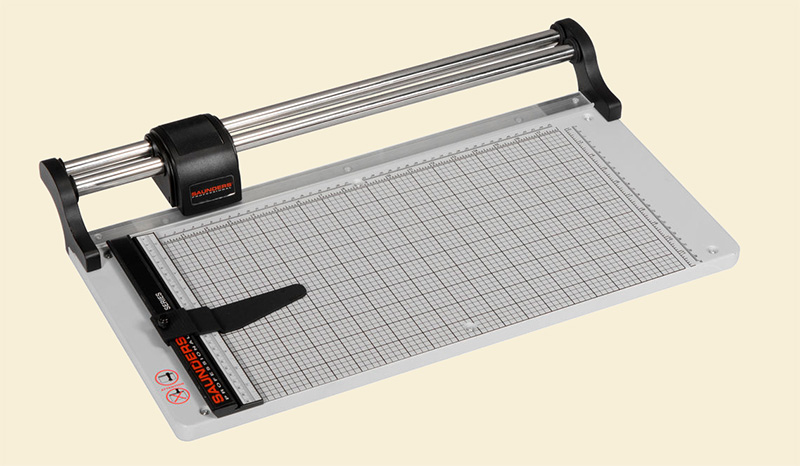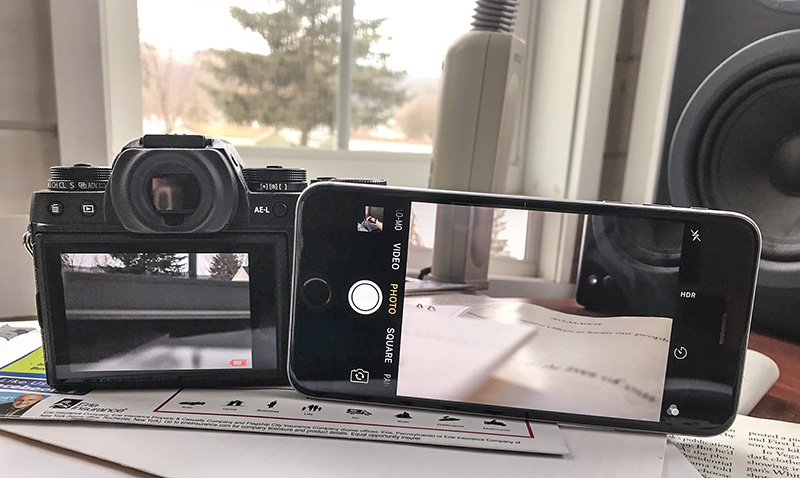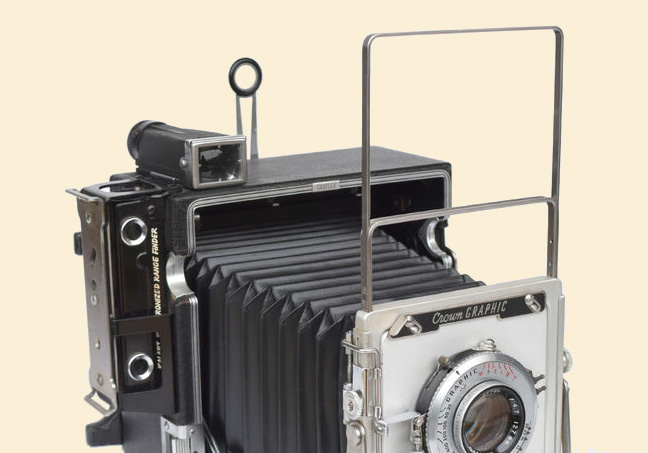As I said on Saturday (first post below this one), when I think of cameras I tend to think in terms of ideas that would enable photographers to do good work, not necessarily products that would sell well. Of course the two aren't by any means mutually exclusive, but the camera manufacturers are quite naturally vitally interested in the latter. The former is collateral to it, but not the main point for them.
I come at it from the opposite direction. For manufacturers, the important thing with products is to get them to the crucial point of the essential transaction—the point at which the buyer opens his wallet and forks over the cash, or, more likely these days, the moment she clicks the "BUY" button. Companies naturally care about what happens afterward too, but mainly because it also influences that crucial point, the point of sale.
Most of my thinking is about what happens after that point. As a reviewer and writer I've always cared about what people do with their cameras after they have them. For years I've held a firm view of a reviewer's role. Bob S., the former Editor of Shutterbug magazine who is unfortunately serving a life sentence for involuntary manslaughter now (I say that so you'll know I'm not hurting his career by sharing what I'm about to share), once wrote me a scathing letter in which he admonished me that our business as reviewers is to help the companies move merchandise. I disagreed with him then and I disagree still. What I have at heart is the long-term interests of the person who has either spent money for a photographic product or is about to. Defending and supporting those peoples' interest is how I see the reviewer's role. A reviewer is properly not an extension of the company's marketing department, but rather a sort of consumer advocate before the fact.
In other words, to put it in magazine terms, I worked for the readers, not for the advertisers.
All that's a long-winded way of saying that I'm not proposing the following ideas primarily as marketing ideas. I don't know how marketable they'd be and that's not really the point to me.
Anyway, here's a short list of cameras we "might could use" that we don't have:
• A camera designed around a hooded waist-level viewing screen that I talked about on Saturday. I won't elaborate more today.
• An inexpensive B&W-only camera. I've made the argument for years, even well before the M Monochrom existed, that a camera that shoots only B&W would help some people (not all, do not write me letters) to visualize better in B&W and hence to be more creative with B&W. The only company that seemed to listen was Leica, which is a nice affirmation (even if no one there ever actually heard—or heard of—li'l ol' me), but Leica is unfortunately also a premium product line with nothing but premium prices—partly status goods, partly also useful as working tools of course, but too expensive for many. I can't believe that a B&W-only version of an existing camera wouldn't be cheap for a cameramaker to produce in terms of manufacturing expense. The base camera wouldn't even have to be one with a very large sensor; with each sensel devoted only to luminance values, you'd get higher resolution out of fewer pixels (and anyway, is resolution really a problem any more? It's been a long time since I've used any camera that wasn't sharp or detailed enough. But I digress).
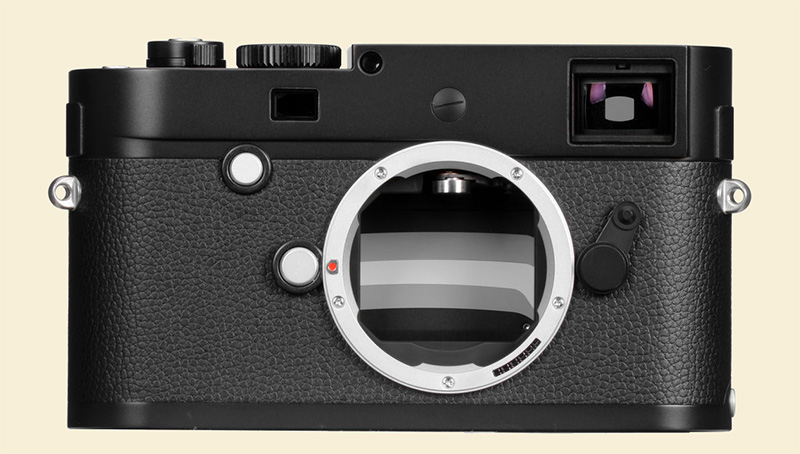
Leica M Monochrom Typ 246: If a B&W-only digital camera is such a stupid idea, why does this exist?
The problem to my mind is that it would have to have the proper spectral response and tonality curve. This should be modeled on known FDP (film-developer-paper) curves and spectral responses. The historical spectral response and tonal curve I like best is that of Kodak Plus-X with a Wratten No. 8 or K2 filter developed in D-76 1:1 printed on old Agfa Portriga (original Portriga, not post-reformulation Portriga). More radically, Kodak Verichrome Pan with a K2 filter developed in D-23 and printed on Kodak Medalist. Or even Dassonville Charcoal Black! (Heh. Just kidding, I never used Charcoal Black. Esoterica to the nth. Don't mind me.) It's probably not even possible to analyze these FDP combinations because the products no longer exist. I'm not sure if enough measurement data exists about them to reconstruct enough now in order to extract the relevant information. But surely, with empirical studies similar to the sort that Mees and Jones conducted in the 1930s, an FDP combination using existing materials could be chosen with available modern materials that could be used as a model for the digital targets. Only if I were in charge, of course. I did say this is an imaginary exercise.
Of course, if you were really doing it right, you would provide the same camera with a choice of three different sensors, each with different spectral/tonal options. To be chosen according to taste.
I won't even get into my pet idea of a complete bespoke B&W workstation engineered to be integrated from camera sensor to image processing software to printer and carbon-ink output, which I think is the most natural idea for B&W of the future.
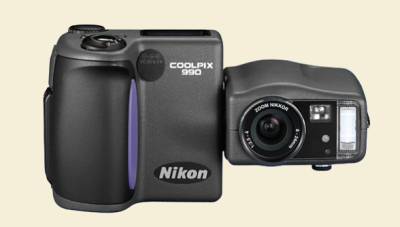 Nikon Coolpix 990, a swivel-body compact. This was a fun camera to use.
Nikon Coolpix 990, a swivel-body compact. This was a fun camera to use.
• Two or three cameras with a native square format. Again, for purposes of visualization, which is unimportant to camera company engineers but potentially critically important to certain working art photographers and committed enthusiasts. Obviously one can technically get to square pictures with existing cameras and rectangular sensors, but what I'm concerned about is the way photographers conceive of and visualize pictures in their minds and on their viewfinders in the field. If you accept the premise, do this: go look at a 2003 Sony F-828 and imagine a body design like that with a modern square sensor. That camera, with the body and lens hinged, was awkward for verticals but is stone natural for a square. Or a design similar to the Nikon Coolpix 990 from 2000, a great little camera undone by its awkwardness shooting verticals. Case closed? So to speak?
• An inexpensive true mechanical rangefinder with a Leica M mount. This pretty much exists, but only pretty much. It also existed at one time, in the Epson R-D1. I still can't share what I know about why, but suffice it to say that despite decent popularity the R-D1 was orphaned, deliberately, back in 2007. But by now the world has changed, and the conditions that killed the R-D1 are no longer pertinent, and it's not too late to bring out a modern R-D2 (or near clone along those lines built by someone other than Cosina) now. Some people want that. Can't risk saying too much here.
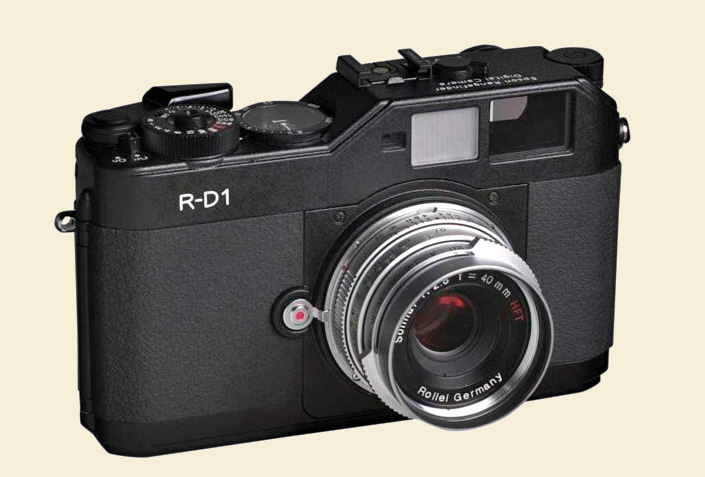
The late, lamented Epson R-D1, still the only true mechanical digital rangefinder outside of Leicadom
• Finally, what I consider the next frontier in camera marketing: "Super-Simple" variants of existing designs. And I don't mean cheap, dumbed-down, low-quality, low-status entry-level cameras, either, I mean premium, high-quality cameras that might even be luxury goods but that are extremely simple to understand and use. People only incompletely understand that what made Steve Jobs such a genius was mainly his taste. He sympathized with the non-technical end-user, and insisted on simplicity and intuitiveness, ergonomic and physical elegance. And it was far from a simple battle—but he pursued it all his life, with an iron will, and (fortunately for all of us) enough power that he influenced all consumer computers, all computational devices, and all operating systems vastly for the better. (Of course he did make missteps and I am not interested in rehashing Jobs in my comments section, so Applehaters please give us a break please.) But when I imagine the world of computing devices if they had taken the same path as digital cameras....
The cameramakers, with one exception, don't even begin to get simple, and for the most part seldom even come anywhere close to it. The Sony NEX-6 was an attempt at it, to name one such example, but its designers conflated simple with limited and insofar as it succeeded it was but a baby-step in the right direction. Such "exceptions to the rule" examples mainly serve to highlight how poorly simplicity is conceptualized. Note here that I'm not saying all digital cameras need to be simpler: some of us are mavens and can handle the complexity (although when a digital camera is too complicated for me, something is wrong), and some of us are pros and need full functionality. But—as with all the ideas in this post—some percentage of buyers would be grateful to have the option. Choice is good.
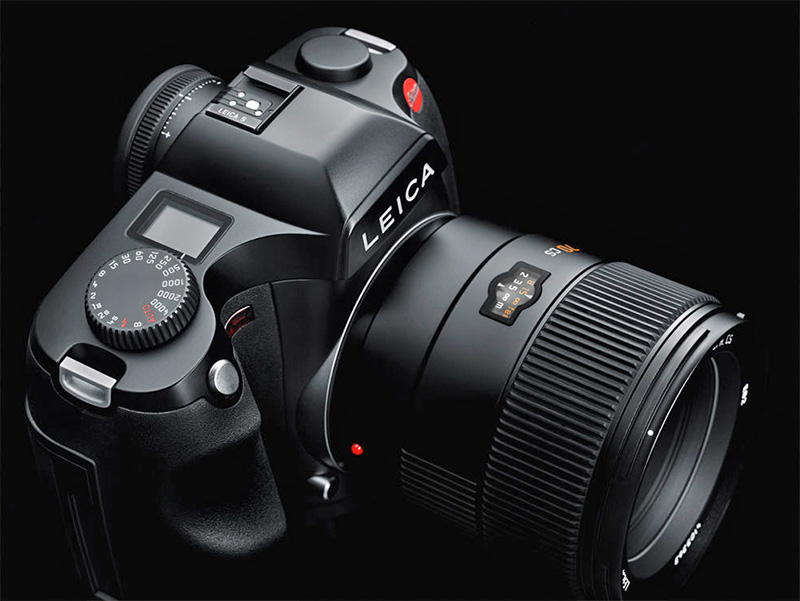
Leica S Typ 007, a camera beautiful in its simplicity
The exception? Leica again. Aside from enjoying the highest quality lenses currently available for pictorial photography, the Leica S is a beautiful camera that is fundamentally simple in its conception. I would love to know who "directed" its design—many other camera companies need a dose of his or her medicine. Cameramakers have complexified themselves into a corner—it's gotten so that normal people either put 'em on auto and never even learn half the capabilities of their own cameras over the life of their ownership, or just avoid cameras altogether (or leave them at home) and take pictures with their phones.
Your future Christmas present
I've got a lot of radical ideas about how simplification would be done and what it would look like, but this post is long enough already. I should also do a post about the range and extent of all the weird and wonderful things we do have available, from the DxO One to the Sigma Foveon-sensor cameras (which everyone should try once, just for their education) to the Nikon Coolpix P900 with its astonishing 2000mm-equivalent zoom reach. I'm not saying in this post that wonders don't exist! Or even that there is any shortage of perfectly adequate tools. All I mean to highlight here is that there are plenty of possibilities that are currently not being explored.
And just to be clear, this post also isn't about the future of photography. It doesn't even address that subject. These are just cameras which don't exist, but which might have, had cultural and business factors (such as demand and consumer expectations) taken different turns than they did.
For the comments: rather than critiquing my ideas, how about letting us know if there are any cameras you wish were available but aren't? Does anyone who does panoramas, to name just one example, wish there was a digital equivalent of the Linhof Technorama 617S III or the Hasselblad X-Pan? Pretend you're the President of a camera company and you get one vanity project, cost and marketing practicality be damned. What, if anything, would you decree to be built?
Mike
Original contents copyright 2017 by Michael C. Johnston and/or the bylined author. All Rights Reserved. Links in this post may be to our affiliates; sales through affiliate links may benefit this site.
B&H Photo • Amazon US • Amazon UK
Amazon Germany • Amazon Canada • Adorama
(To see all the comments, click on the "Comments" link below.)
Featured Comments from:
Speed: "Mike wrote, 'Bob S. ... admonished me that our business as reviewers is to help the companies move merchandise.' The primary business of (sustaining i.e. profitable) print, television and on-line publications is to deliver eyeballs to advertisers. These businesses do so by publishing interesting, entertaining and informative writing, pictures and video. Once the eyeballs are delivered it is up to the advertiser to move the merch. It's a good system."
Mike replies: ....If it works as intended. Unfortunately the temptation for corruption is high, the transgressions difficult to track, and violations commonplace. Take this as a semi-hypothetical example: an audio magazine assigns a writer to review a pair of $15,000 speakers and pays a paltry few hundred dollars for the article. The reviewer pens a glowing review, the manufacturer offers to let him keep the "review sample" for a "reviewer discount" at $4k, the reviewer accepts, keeps them to listen to for a few months to a year, then turns them around and sells them used for $6,500, thus adding $2,500 to his "pay" for the review.
I could tell a great many stories along these lines, from merely grubby to almost shocking, and going both ways—media cheating manufacturers and manufacturers being ruthless to media—but the funniest was probably a photography magazine that published a camera review but neglecting to change the case from "we" and "us" to "they" and "them" etc., thus making it obvious it was just verbiage provided by the manufacturer's marketing department. And so it goes, nothing new under the sun.
Oren Grad: "The Fujifilm Instax Square SQ10 model uses what is plainly a sensor with a 4:3 aspect ratio, but treats the captures as squares in order to cater to what Fujifilm sees as the Instagram and Polaroid markets. Given the cost of sensor development, that's probably all that you can expect—the manufacturer cropping a capture to square underneath the hood, so that the user doesn't have to agonize over 'wasting pixels' or not being suitably constrained in visualization. The other way of getting 'true' square captures is to use one of the variable-aspect-ratio cameras that actually record raws in the selected aspect ratio, rather than simply tagging the file to identify default (but defeatable) cropping for the raw converter. The various Panasonic models with "multi-aspect ratio" function come to mind; these include 1:1 as an option. Visualization is taken care of, as the screen or EVF shows only the selected area."
Richard Skoonberg: "My Pentax K-1 has crop setting for shooting square format. I can tilt up the LCD screen to 90 degrees and use it as a waist-level finder with the live-view. The LCD displays a square image and the camera saves the RAW file as a square image."
Mike replies: The K-1 has everything, even a low price. Seriously.
Bahi: "I know you are not looking for book ideas but I’d guess that, were you to write a book called Do Not Write Me Letters, filled with all the insider information you have about industry skullduggery (advertising/editorial crossover, bribery, fake vintage prints, rogue editors, rogue writers, rogue photographers, mysteriously abandoned camera releases), the result would be quite something."
Mike replies: Actually the person to write that book would have been Bob S., who actively collected such stories. I know a few but not enough for a book. And although I am "in the disclosure business" in David Vestal's fine phrase, tell-alls aren't my style.
Nick Rains: "Hi Mike. Stephan Shultz was the lead designer/project manager for the original Leica S2. Not sure if he is still directly involved in the S007 but he's still around. Totally agree with the simplicity aspect (Das Wesentliche) which is why I use the Leica SL and CL."
Soeren Engelbrecht: "When I went 'mirror-free' a couple of years ago, my primary reasoning for dismissing Sony as a potential system was the lack of a 1:1 format option.

Photo by Soeren Engelbrecht
"I went Micro 4/3 instead and am very happy with my choice—love to be able to do those square format portraits."
Mark Roberts: "What I'd like isn't a camera for me but one for the students taking my introductory (college) photography courses: Manual focus, manual exposure, no frills (or frills that can be selectively changed through password-protected firmware). A digital K1000, in other words.
"I went to a Pentax demo at Hunt's Camera here in Boston about a week ago and the reps there were saying they wished Pentax would make such a camera. I can't see it happening, myself. But we can dream."
Not THAT Ross Cameron: "Re simplification, if only the manufacturers would allow us to simplify their menus! An app could do that. :-) In all seriousness, issue/sell the camera with the standard default menu items and structure, but allow photographers to design their own menus and items, maybe even our own menu labels and labels for the features/menu items. And then save them as bank 1/2 or U 1/2 etc. (yes, Nikon shooter). Let me completely configure the camera for how I what to use it based on the different types of photography I practice. Let me save my menu set-up to my device, share it online with others, see how others set-up their menus etc. Dare the manufacturers to give up control to their customers. Heck, if the manufacturers took photographer menu set-ups and tried loading them into the cameras they might learn a thing or two about how we use them in practice. Sorry, rant off. :-)"
Richard Man: "If I have $10 million to burn (that is, after feeding the poor etc.), I'd have a crackerjack team to design a digital XPan and takes ƒ/2 lenses. It doesn't have to be 'full XPan frame,' either; a double APS-C sensor would be just fine and probably a sweet spot. And of course the other Holy Grail—the 75MP Hasselblad 56x56mm 203FE-D. Sweeeet!"
beuler: "A telescope shaped camera for telephoto work. Because why not, why not?"
Joe: "Holy smoke, Mike, I just read the Wikipedia entry for the former Shutterbug editor Bob Shell—what a crazy, sad, awful case. The man apparently had some demons. I'll understand if you don't want to publish this comment, since it identifies Bob S. and encourages your readers to go read the Wikipedia article."
Mike replies: It's public knowledge, as you discovered. I even wrote a post about it myself.
John Hufnagel: "Damn, you had to mention Verichrome Pan. I still cherish the negatives I made with that paper-backed stuff. With careful scanning and the Photoshop curves tool I can almost get a digital print that captures that magic!"
Struan: "I want a Rollei 3000 with a screen on the top plate and a 40mm-square sensor. By Christmas.
"Failing that, a least one focus-on-a-screen camera that allows you to brace the thing against your body as you compose and focus. That is what I really miss from waist-level finders."
Jeff: "The initial Leica S2 interface, consisting of four soft buttons surrounding the LCD, was a concept borrowed from Phase One. Michael Reichmann wrote about this.
"The Leica SL shares the four-button S interface, but in a different form factor. I read that Leica considered a smaller S body shape for the SL, but the designers ultimately opted for the slimmer, more modern body to distinguish the mirrorless counterpart.
"Leica has taken some lumps with reliability and service issues regarding the S system, particularly with lens AF motor failures, which have now been solved. There are some rumblings about a possible successor (S008?), so it will be interesting to see what direction the system takes."
